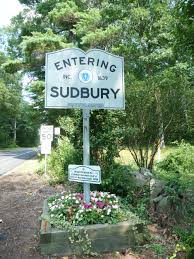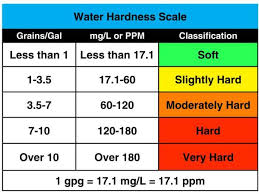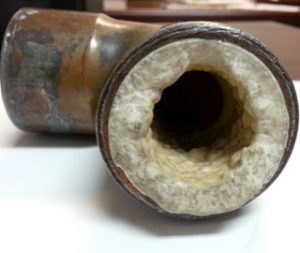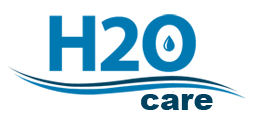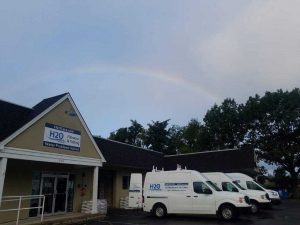Per the Sudbury Annual Water Quality Report, Sudbury’s public water supply comes from nine gravel packed ground wells located in three separate aquifers; these aquifers are known as Raymond Road, Hop Brook and Great Meadow. There are four storage tanks located throughout town with a storage capacity ranging from 0.35 to 3.0 million gallons and totaling 6.35 million gallons. As there are variations in the water quality among the nine sources, treatment systems are designed to specifically address the type and amount of contaminants present at each site. Therefore the water delivered to your home does not necessarily originate at a single point but rather is a blend of a number of our wells.

Hard Water Scale
Due to this switching among the nine wells, you may see variations in the water quality as you turn faucets on in your home at different points in time. You may see some evidence of hard water white scale on plumbing fixtures, iron/manganese staining or bluish green stains (from low pH) in sinks, tubs, etc. All of these are correctable situations with the properly designed water filtration system or water softener installation. Due to the changing water quality as described above from various water sources, it is particularly important that any water filtration system is designed with this in mind. For the full Annual Water Quality Report, see the link at Water Quality Report.
WATER FILTRATION SYSTEMS & WATER SOFTENERS
A water filtration system can be installed for the removal of any of the potential causes of symptoms you may be experiencing. A water softener is typically installed to remove hardness minerals (magnesium & calcium), dissolved iron or manganese in the water through a technology called Ion Exchange. To remove particulate iron or manganese, a properly sized sediment filter is required. Other systems address other problems. Starting with a water test is the first step in arriving at a solution for whatever water quality needs addressing.

